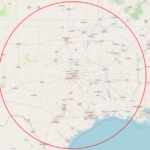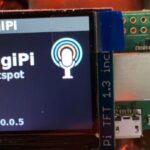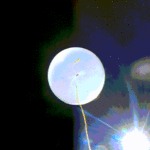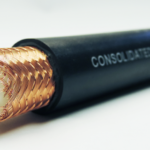By Chip Coker KD4C
There are several ways that you can participate in the September 2024 RWK Balloon Launch. If you want to participate from the comfort of your shack, here’s what you can do:
Follow the launch on VHF 2M Radio and Watch the Balloon Progress
You can listen to the launch status on the 147.12 Repeater and the 146.54 Simplex channels. We will make periodic announcements prior to and during the launch.
You can watch the progress on the balloon on the amateur.sondehub.org website. It will show you the balloon position as well as the locations of all the tracking stations that are receiving position reports.
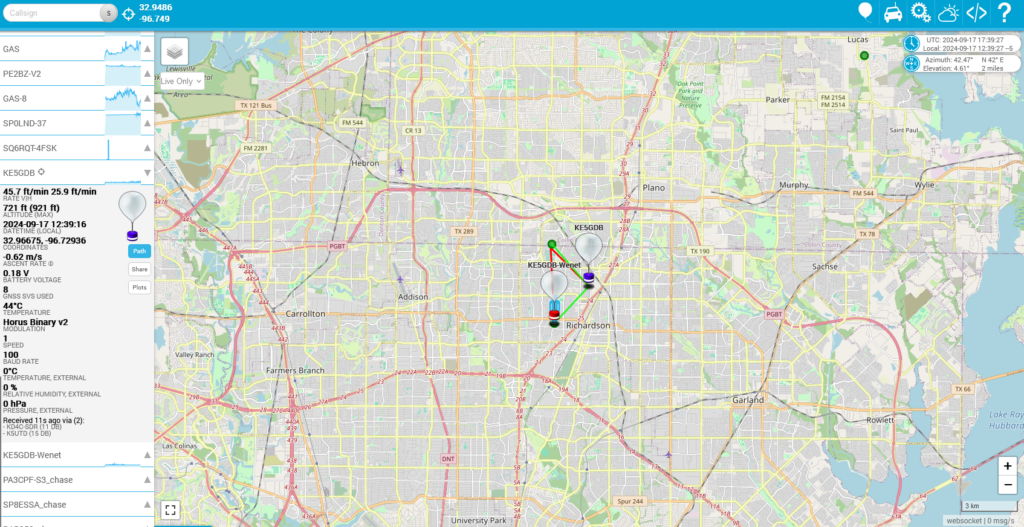
We will have a high-resolution camera on the balloon that will transmit hi-res images in real time in “SSDV” (Slow-Scan Digital Video). This is similar to SSTV in that it’s still-frame images, but much higher resolution. You can view the received images on the ssdv.habhub.org website. Habhub receives all the packets that have been received and reassembles back into complete images, which you can view there.
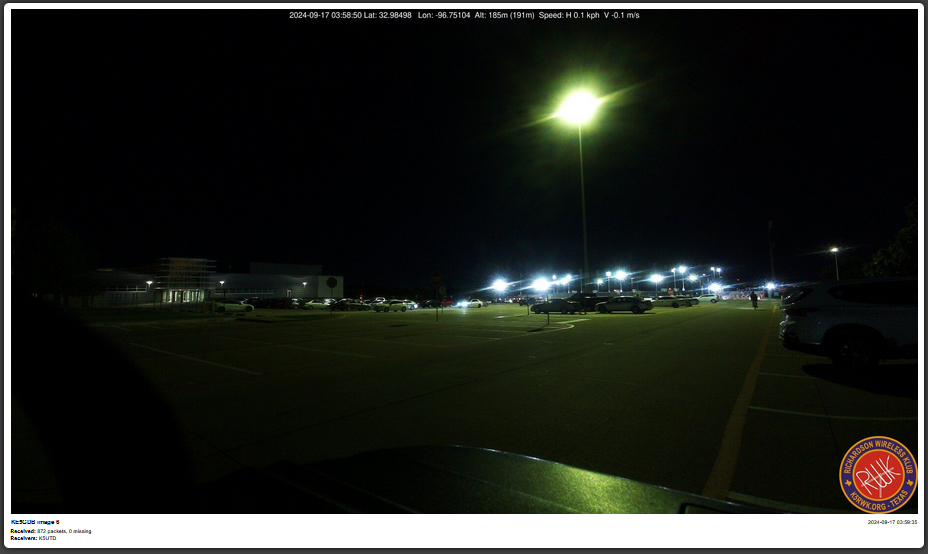
And speaking of tracking stations….
Help Us Track the Balloon While It’s In The Air
We need as many balloon trackers as we can get, preferably as close to Denton and Collin county as possible.
The balloon will be transmitting telemetry on 432.630MHz. The telemetry is in “horus binary” modulation, which is 4fsk, 100 baud. While that may sound strange, you can easily receive this several ways: 1) Using a multi-mode VHF/UHF radio (or “shack-in-the-box” radio such as an FT-991 or Icom IC-705) operating in USB mode, 2) Using a cheap Software Defined Radio such as a SDRplay, Nooelec, or RTL-SDR, or 3) using one of the recently-popular Quansheng UV-K5(8) HTs with the Egzumer or the F4HWN firmware. Yopu will need to receive in Upper Sideband (USB) mode to hear the 4fsk telemetry (tune to 432.629MHz USB) – you cannot receive it on an FM only receiver. You will either need a decent outside-mounted antenna or physically be close to the balloon path (such as in upper Denton/Collin county)
You will need to either couple the received audio to a computer (windows is easiest) via a radio USB port (if there is one) or SDR software or just audio coupling (radio audio out a speaker to the microphone in the computer).
On the computer you will need to run the Horus-GUI software. This will decode the telemetry from the received audio and will also upload the decoded data to the amateur.sondehub.org tracking site so it will be visible to the tracking/recovery teams.

You can read more about building a tracking station here.
Communicate through the DMR Single Frequency Repeater
After the Balloon is in the air, the DMR Single-Frequency Repeater will be active. Since DMR has two timeslots (T1 and T2), some DMR radios can “listen” on one slot and “transmit” on the other at the same time. This allows you to transmit to the balloon and be received by all other DMR radios at the same time – just like a mini repeater in the sky. The last time this flew, the range was hundreds of miles, from south Texas to Oklahoma. It was amazing.
To communicate through the DMR SFR, you will need a DMR-equipped radio (HT or mobile), preferably with an improved or external antenna. The radio needs to be programmed in advance (since DMR radios are hard to program from the panel). Program a new channel: Simplex 1: 441.000MHz RX, 441.000MHz TX, CC1 (Color Code 1), TG99 (Talk Group 99), TS1 (Timeslot 1). If you have receive groups, make sure that TG99 is in your receive groups list. https://dmrtexas.net/doku.php?id=repeaters:simplex-channels)
We want to know how far you can talk!
Track the Balloon Via APRS
The balloon will be beaconing position periodically via APRS on 144.39MHz using W5ADC-11 and K5RWK-11. You should be able to receive these beacons directly over a good distance. We also have Internet Gateways (IGs) that will receive and upload the APRS beacons to aprs.fi, so you can follow the balloon progress there. There will/may also be a scraper that will take the APRS position and post to amateur.sondehub.org (which you should be watching!)
Communicate through the 6M Parrot Repeater
We will (hopefully) be flying an old 6M “parrot repeater”. This is a 6M HT that is connected to a store-and-replay box. It will receive a short (up to 15 sec) FM transmission on 52.525MHz and then immediately retransmit the received audio. So you can hear yourself after you transmit and then wait for someone to call you back. Keep your transmissions short and be patient!
Help Us Receive Images from the Balloon in Real Time
As mentioned above, we will have a high-resolution camera on the balloon that will transmit hi-res images in real time in “SSDV” (Slow-Scan Digital Video). This is similar to SSTV in that it’s still-frame images, but much higher resolution. The images are also packetized, so we can still see incomplete images because someone else may have received the packets that you missed.
To receive the SSDV, you will need a “wenet” receiver/decoder receiving 431.5 Mhz at 115200 baud, which you can build out of a cheap SDR and Raspberry Pi. Instructions (simple if you have raspberry pi experience) are here.

You will need a very good outside antenna (yagi preferred) as the transmitter is not very powerful and the bandwidth is quite wide. The Raspberry Pi running the wenet image also needs an internet connection (either through your home wi-fi or phone hotspot) so you can upload the received packets to the ssdv.habhub.org website. Habhub receives and reassembles all the packets back into complete images, which you can view there.
We are also planning to have a traditional SSTV transmitter running on 433.5MHz FM. You should be able to receive SSTV images on a HT and use one of the smartphone SSTV apps (I use CQSSTV on my iPhone) to decode the image. If you have a mobile or base FM radio in your shack, you can connect the audio output to a PC and use MMSSTV (free download) to receive and save the SSTV images received from the balloon. SSTV mode is Robot36 and there should be a new image every 90 seconds or so.

